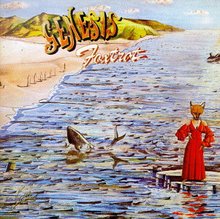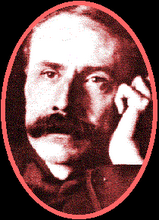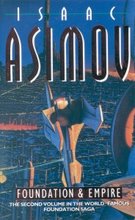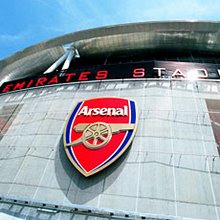
Extra homework set by ‘Science’.
A cold spot in the oldest radiation in the universe could be the first sign of a cosmic glitch that might have originated shortly after the Big Bang.
This cold spot - detected on satellite maps of microwave radiation - might be a cosmic defect or texture, an historical fragment from the universe's infancy.
Such defects or textures, so the theory goes, reflect a flaw in the pattern of the universe as it formed.
The Big Bang theory proposes that the cosmos began in a very high density, high temperature state, cooling as it expands. In the early hot universe, physicists believe that the different types of elementary particle (particles such as a quark from which larger particles are created) behaved identically.
As the universe cooled, the vacuum changed and the symmetry between the particles was broken. Just as misalignments in the crystalline structure of ice lead to defects, misalignments in the symmetry-breaking pattern form cosmic defects. Textures are thought to be one type of defect.
Professor Neil Turok of Cambridge's Department of Applied Mathematics and Theoretical Physics provides the following analogy: "Imagine a large crowd of people with everyone standing. To any person in it, the crowd looks roughly the same in all directions. Now tell them all to lie down. People would tend to lie in the same direction as their neighbours, but over large distances the direction chosen would vary. In some places, people would be unable to decide which was the best direction to lie in: if everyone lies down pointing directly away from you, you are forced to stand. You are now a defect in the symmetry, a texture."
It is believed that textures collapse and unwind on progressively larger scales, creating intense energy as well as gravitational potential. This unwinding also creates areas of extreme cold or hot.
Hobson, Neil Turok and colleagues at the Institute of Physics at Cantabria based this theory on an analysis of a large cold spot in the South Galactic Hemisphere which was discovered in 2004.
"If this cold spot is indeed found to be a texture, it will completely change our view of how the universe evolved following the Big Bang," said Mike Hobson, of the Astrophysics Group at the University of Cambridge's Cavendish Laboratory.
If the texture theory is proven, it would offer a window into the universe shortly after the Big Bang some 14 billion years ago, showing places where the universe was expanding and cooling.
And one would imagine a guide to the future evolution of the universe itself.














2 comments:
Dear Mrs. Gendel,
Thank you for visiting my blog. I hope you liked the picture of the tank. I like reading your story about textures and theoretical physics.
Love,
Gabby. xxx.
My goodness that chick gets around, doesn't she? No bottom slapping now, Grendel - you've a family.
Anyway, I'll be thinking of your big bang all week.
Post a Comment